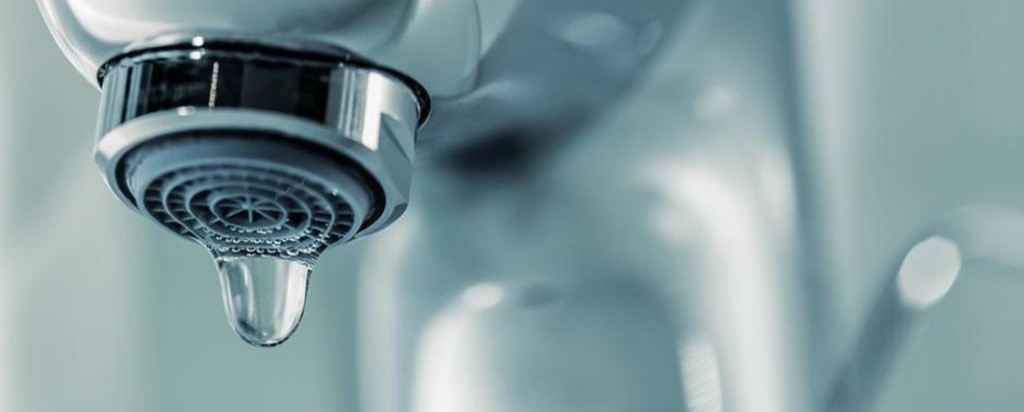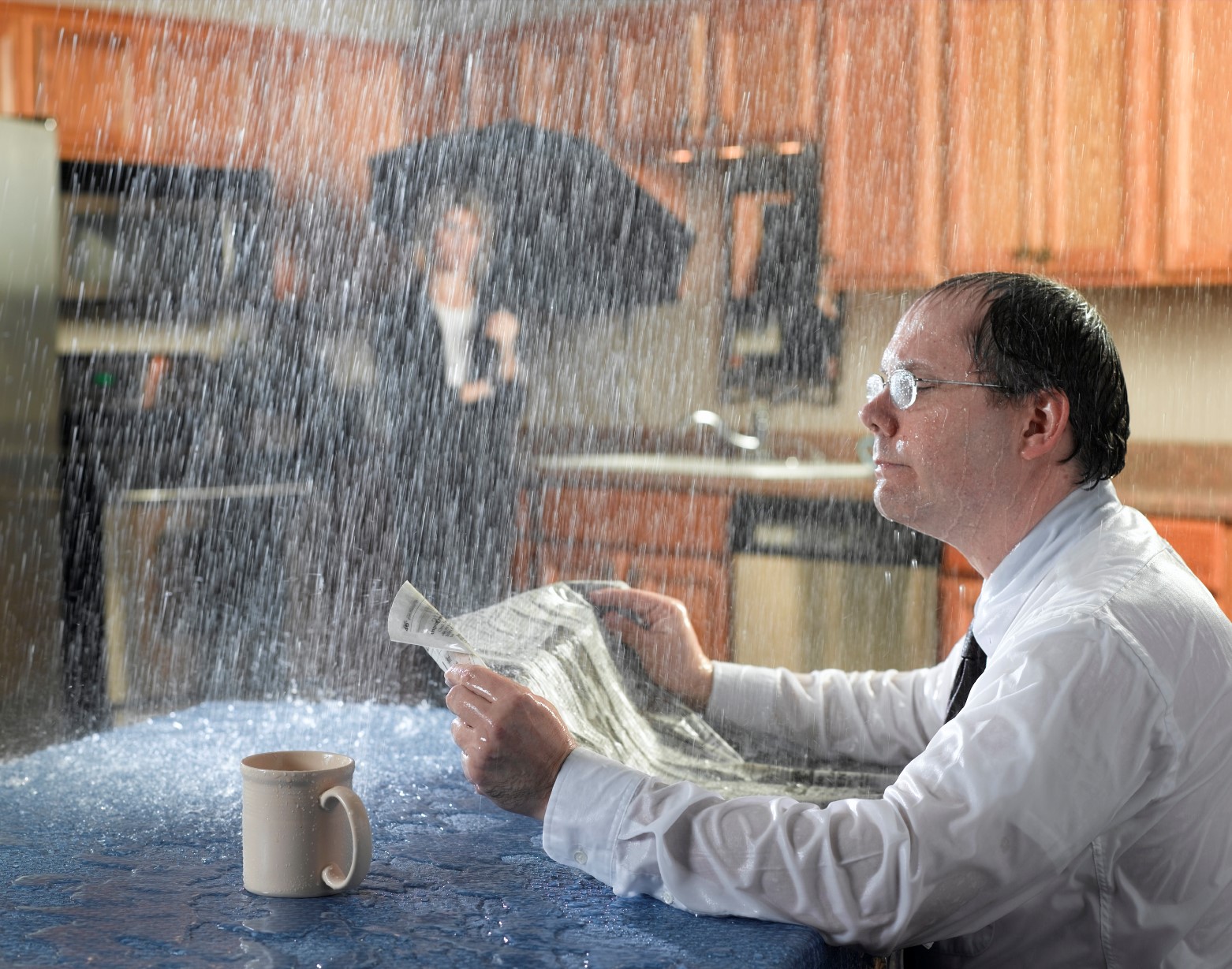Learn About Common Causes Leading To Water Drips at Your House
Learn About Common Causes Leading To Water Drips at Your House
Blog Article
What're your concepts on How Fast Water Damage Can Ruin Your Home?

Leaks not just create waste of water however can also trigger unneeded damages to your home and promote unwanted organic development. Water leakages might go unnoticed because most of the pipework in our residence is concealed. By looking and recognizing for day-to-day scenarios that trigger leaks, you can shield your house from future leaks as well as unnecessary damages. Today, we will take a look at 6 leak creates that may be triggering your pipes to drip.
Intruding roots
The majority of water leakages start outside the house rather than inside it. You could discover wet spots or sinkholes in your lawn, and that could indicate that tree roots are getting into water lines causing water to permeate out.
Corroded water supply
As time passes by, your plumbing system ages and also deterioration such as rust might begin gnawing the pipelines. This may be the root cause of discoloration or bending on your water pipes. This requires an evaluation with your plumber immediately. If our plumbing system is old, take into consideration replacing the pipes given that they go to a greater threat of rust than the more recent models.
Defective Pipe Joints
Pipe joints can degrade over time, resulting in water leaks. If you have noisy pipes that make ticking or banging sounds, particularly when the warm water is turned on, your pipeline joints are most likely under a lot of stress.
Instantaneous temperature changes.
Extreme temperature level adjustments in our pipelines can cause them to broaden and contract unexpectedly. This expansion and tightening might trigger cracks in the pipelines, especially if the temperature level are below freezing.
Poor Water Connectors
Sometimes, a leakage can be brought on by loosened pipes and pipelines that provide your appliances. Typically, changing is what triggers the loose water Links. You might locate when it comes to a washing equipment, a hose may spring a leakage because of drinking throughout the spin cycle. In case of a water links leakage, you might observe water running directly from the supply line or puddles around your devices.
Blocked Drains
Blocked drains could be annoying as well as inconveniencing, but they can occasionally wind up causing an overflow resulting in burst pipelines. Maintain getting rid of any type of materials that may decrease your drains pipes that might block them to prevent such inconveniences.
All the above are causes of leakages but not all water leakages result from plumbing leaks; some leakages could come from roofing system leaks. All leakages need to be repaired immediately to avoid water damage.
Leaks not only cause waste of water but can additionally trigger unnecessary damage to your home and advertise unwanted organic growth. By comprehending and also looking for everyday circumstances that create leakages, you can protect your residence from future leaks and unneeded damages. Today, we will look at 6 leak triggers that might be triggering your pipelines to trickle.
At times, a leakage can be triggered by loose hoses and also pipelines that supply your appliances. In situation of a water links leakage, you may observe water running straight from the supply line or pools around your devices.
How To Check For Water Leak In Your Home
How To Check for Leaks
The average household's leaks can account for nearly 10,000 gallons of water wasted every year and ten percent of homes have leaks that waste 90 gallons or more per day. Common types of leaks found in the home are worn toilet flappers, dripping faucets, and other leaking valves. These types of leaks are often easy to fix, requiring only a few tools and hardware that can pay for themselves in water savings. Fixing easily corrected household water leaks can save homeowners about 10 percent on their water bills.
To check for leaks in your home, you first need to determine whether you're wasting water and then identify the source of the leak. Here are some tips for finding leaks:
Take a look at your water usage during a colder month, such as January or February. If a family of four exceeds 12,000 gallons per month, there are serious leaks.
Check your water meter before and after a two-hour period when no water is being used. If the meter changes at all, you probably have a leak.
Identify toilet leaks by placing a drop of food coloring in the toilet tank. If any color shows up in the bowl after 10 minutes, you have a leak. (Be sure to flush immediately after the experiment to avoid staining the tank.)
Examine faucet gaskets and pipe fittings for any water on the outside of the pipe to check for surface leaks.
Undetected water leaks can happen without the home or business owner even realizing. If you suspect a water leak, but not able to find the source. It is time to contact a professional water leak detection service, The Leak Doctor.
How To Find a Water Leak In Your Home
https://www.leakdoctor.com/blog/How-To-Check-For-Water-Leak-In-Your-Home_AE197.html

We had been shown that write-up on How Fast Water Damage Can Ruin Your Home from an acquaintance on a different web address. Kindly take the time to promote this blog entry if you enjoyed it. I recognize the value of reading our article about Top Causes of Home Water Leaks.
Call for unmatched plumbing expertise. Report this page